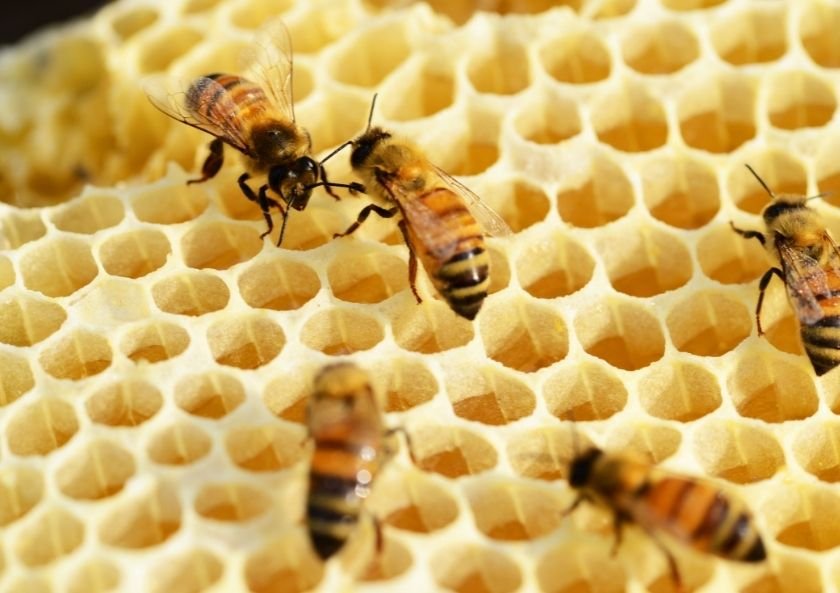In order to diagnose bee allergy, first of all, a good anamnesis (history) should be taken. Then, allergy skin test or blood tests are used. After the definitive diagnosis is made, the treatment process begins. In this article, we have written about how the diagnosis of bee allergy is made.
In order to diagnose bee allergy, it is necessary to take a good anamnesis explaining which complaints occur and how long it takes after a bee sting.
It should be confirmed by which bee the complaints of the patient stung by the bee occur, by using the allergy skin test and blood tests. It is extremely important to do skin tests if it is thought to start the vaccine treatment for the bee. Since bee allergens are used in allergy skin tests, skin prick testing and intradermal skin tests can be extremely risky. Therefore, allergy skin tests should be performed by allergy physicians.
Alternatively, bee-specific IgE antibodies can be measured in the blood. Blood allergy tests are less likely to diagnose.
Bee allergy is a treatable allergy by allergists. Therefore, it should be seen by allergy specialists and the diagnosis should be made correctly.
What Should We Do When A Bee Stings?
One of the most important points for treatment after a bee sting is to determine the type of bee. The distinction between honey bees and wild bees is very important.
Most people do not remember the bee when stung by a bee. When the honey bee stings, it leaves the sting with the venom sac on the skin and then dies. Therefore, if the bee has a sac where it stings, it indicates that it was stung by the honey bee. Since it will take 2-3 minutes for the poison in the venom sac to drain completely, the sac must be removed from the skin as soon as possible and the needle must be removed. It would be more appropriate to scrape the needle from the side with a fingernail. Removing the venom sac by pressing it from the sides will cause more venom to enter, so care should be taken.
If the bee does not have a sac where it stings, you probably have been stung by a wild bee. Because they do not lose their stings when stinging bees, hornets and wasps, they can sting many times.
When you are stung by bees, it is appropriate to clean the stinged area with clean water and apply a cold compress instead of applying some things (such as mud, soil onions). If necessary, it is recommended to use local anesthetic cream, antihistamine tablet, pain reliever tablet for local reactions, to reduce pain and itching, and if necessary, antibiotics can be given if infection is added later.
If systemic reactions develop, they can range from mild to life-threatening. If the patient carries it with him, it is recommended to use an adrenaline auto-injector.
Bee allergy is treatable by allergy specialists. Therefore, it must be seen and evaluated by allergy specialists.



